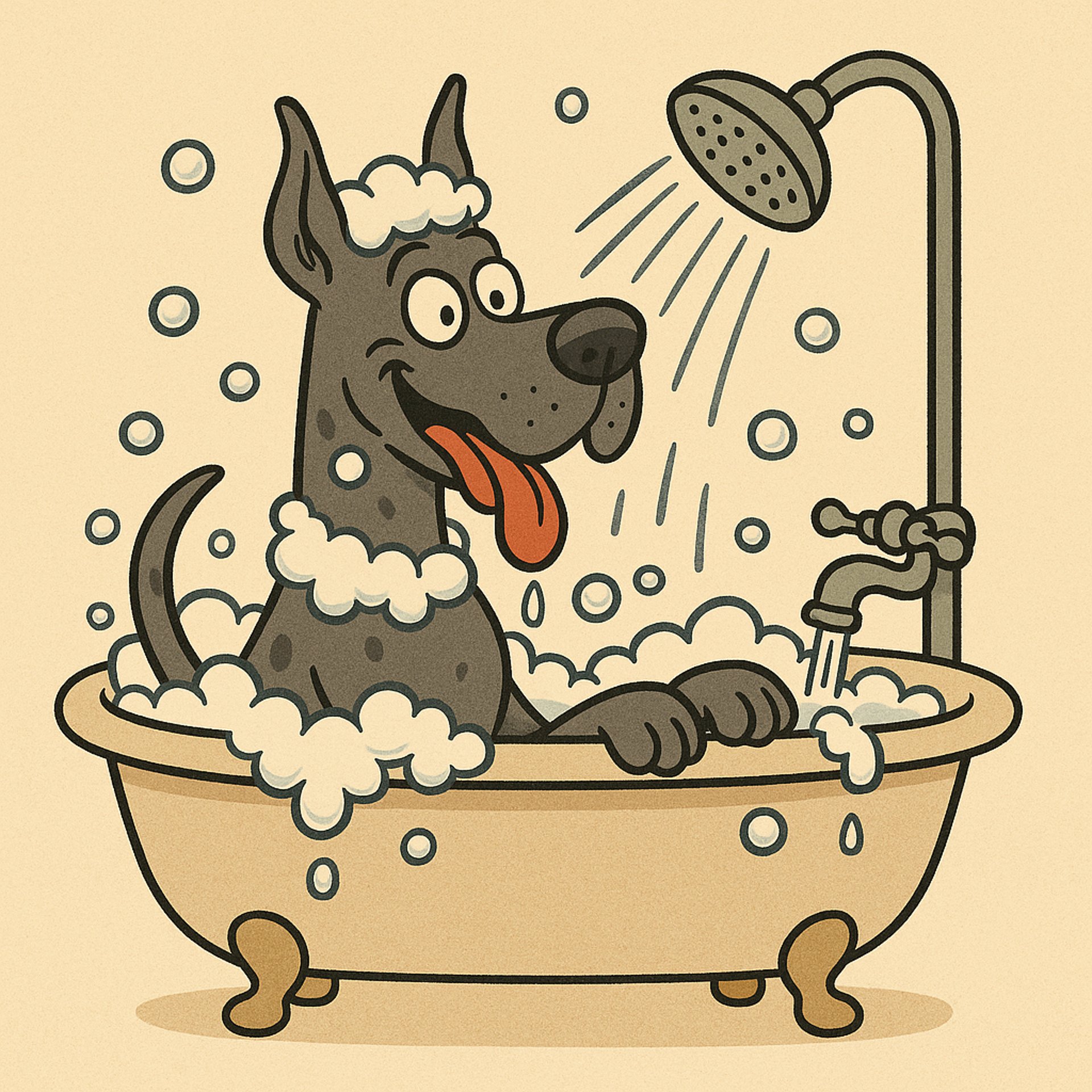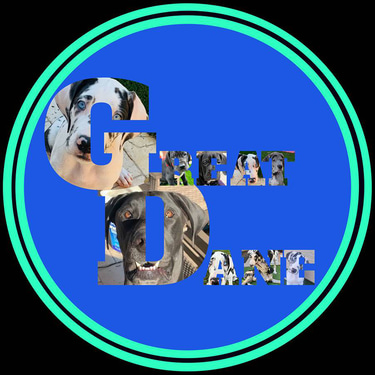

🧠 What Is Hip Dysplasia?
Hip dysplasia occurs when the hip joint doesn’t fit properly into the hip socket. Instead of gliding smoothly, the joint is loose, causing the bones to grind and wear down over time. This leads to arthritis, pain, and reduced mobility.
🚨 Signs & Symptoms
Symptoms can appear as early as 5–6 months or later in adulthood. Look for:
Bunny-hopping gait or limping
Difficulty standing up or climbing stairs
Stiffness, especially after rest
Reduced activity or reluctance to run/jump
Muscle loss in the hind legs
Pain when hips are touched or moved
🧬 Causes and Risk Factors
Factor Role Genetics Inherited condition; common in large and giant breeds Rapid Growth Overfeeding puppies can accelerate bone growth abnormally Improper Nutrition Too much calcium/phosphorus or protein during puppyhood Excess Weight Extra stress on joints increases risk and severity Over-exercise in youth High-impact exercise on developing joints can cause damage
🥦 Prevention & Management
✅ For Puppies:
Feed a large- or giant-breed puppy formula with controlled calcium and phosphorus
Avoid calcium supplements
Keep weight lean, not chubby!
Limit jumping, roughhousing on hard surfaces, and forced exercise
Regular, gentle walks and free play on soft ground is best
✅ For Adults:
Maintain a healthy weight
Add joint supplements (glucosamine, chondroitin, omega-3s)
Use rugs, ramps, and non-slip surfaces around the house
Hydrotherapy and low-impact exercise like swimming are excellent
🩺 Diagnosis
Physical exam by your vet
X-rays (radiographs) are used to confirm and assess severity
PennHIP and OFA testing available for breeders or early detection
💊 Treatment Options
Treatment Description Weight Management #1 most effective non-surgical intervention Joint Supplements Glucosamine, chondroitin, MSM, omega-3s NSAIDs/Pain Meds Prescribed for pain and inflammation Physical Therapy Improves strength and mobility Surgery (Severe Cases) Options include FHO, TPO, or Total Hip Replacement
🐶 Breeding Note
Reputable breeders screen their dogs for hip dysplasia using OFA or PennHIP and do not breed affected dogs. Always ask for health clearances if adopting a Great Dane puppy.
Would you like help choosing joint supplements, a home care checklist, or sample exercises for mobility support?
🦴 Hip Dysplasia in Great Danes: What You Need to Know
Hip dysplasia is a common and serious orthopedic condition in Great Danes and other large/giant breeds. It’s largely genetic, but nutrition, exercise, and weight management play big roles in how it develops and how severe it becomes.

